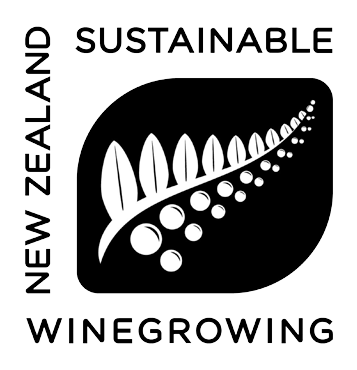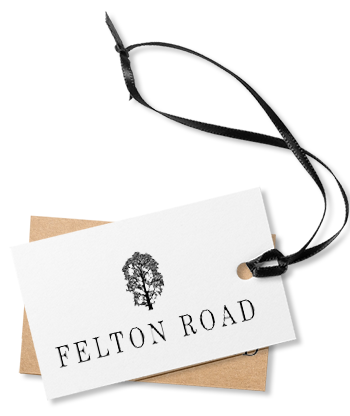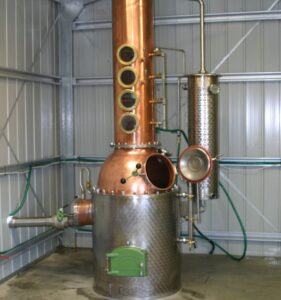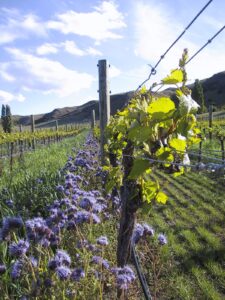Independent Certification’s….

“International Wineries for Climate Action (IWCA) is a collaborative working group of environmentally committed wineries taking a science-based approach to reducing carbon emissions across the wine industry.
Our goal is to share best practices that mitigate climate change impacts in vineyard and winery operations so that we can act collectively to decarbonize the global wine industry — applying direct solutions that avoid purchasing carbon offset credits.”
www.iwcawine.org

“B Corps are businesses that meet high standards of social and environmental performance, accountability, and transparency.
Certified B Corporations, or B Corps, envision a better economic system where businesses can benefit people, communities, and the planet. They choose long-term investments over quick wins, and measure their success based on the positive impact they create.
As a movement, we have over 7,800 Certified B Corporations spanning across more than 161 industries, employing almost 630,000 people around the world. More than 650 of these B Corps are based in Australia and Aotearoa New Zealand.
B Corps come in all shapes and sizes, proving there’s always an opportunity to use business as a force for good.”
www.bcorporation.com.au

“Demeter is a world wide certification system used to verify to the consumer that food or product has been produced by biodynamic methods. Biodynamic New Zealand is the certifier in New Zealand and registered Demeter as a certification trademark in 1984. Information is collected annually from the operators (farmers and processors) which a committee of assessors then reviews to decide whether to grant certification. The Demeter Standards are a published statement of the allowed and the required practices for certified biodynamic operators.”
www.biodynamic.org.nz

“BioGro has been at the forefront of the organics movement, as we aim to simplify organic certification through innovation allowing producers to display NZ”s most trusted organic logo giving consumers trust in the mark of a genuine organic product. We provide a service to over 900 certified organic producers, with a team of organic experts that are committed to assisting your business on organic certification through our stringent organic standards.”
www.biogro.co.nz

“Sustainable Winegrowing NZ™ is widely recognised as a world-leading sustainability programme and was one of the first to be established in the international wine industry in 1995.
SWNZ launched in 1995, as a programme based on continuous improvement and adherence to standards that ensures members meet guidelines for sustainability practices in the vineyard and winery.
The programme was elected by grape growers across the country, followed by wineries with the establishment of sustainable winery certification standards in 2002.
Today, 96% of New Zealand’s vineyard producing area is SWNZ certified. Over 90% of the wine produced in New Zealand is processed in SWNZ certified facilities. This level of industry-wide participation in a sustainability scheme is a massive point of difference for wine produced in New Zealand. SWNZ certifies all parts of the production chain including vineyards, wineries, bottling facilities, and brands.”
www.nzwine.com/en/sustainability/swnz











